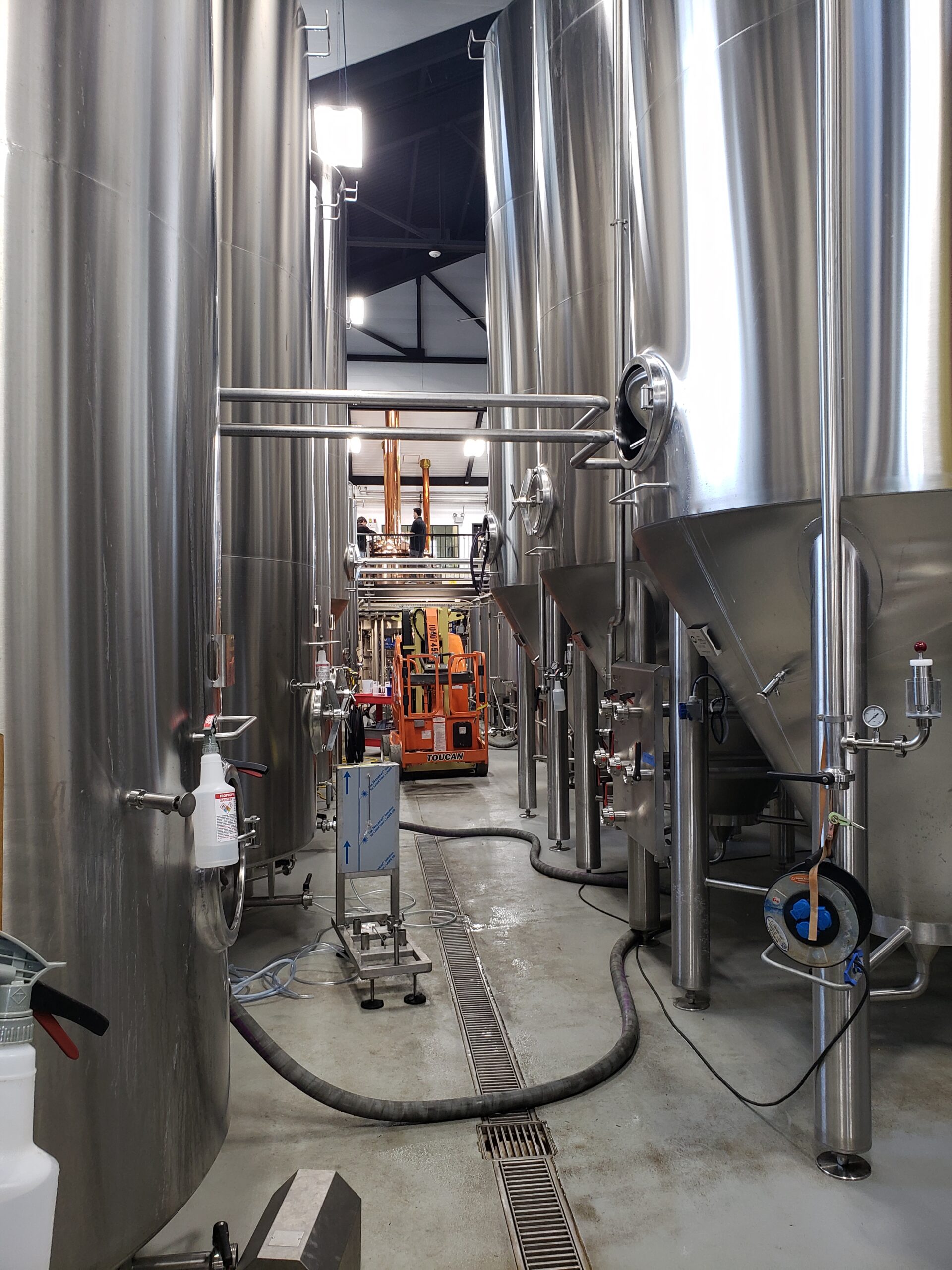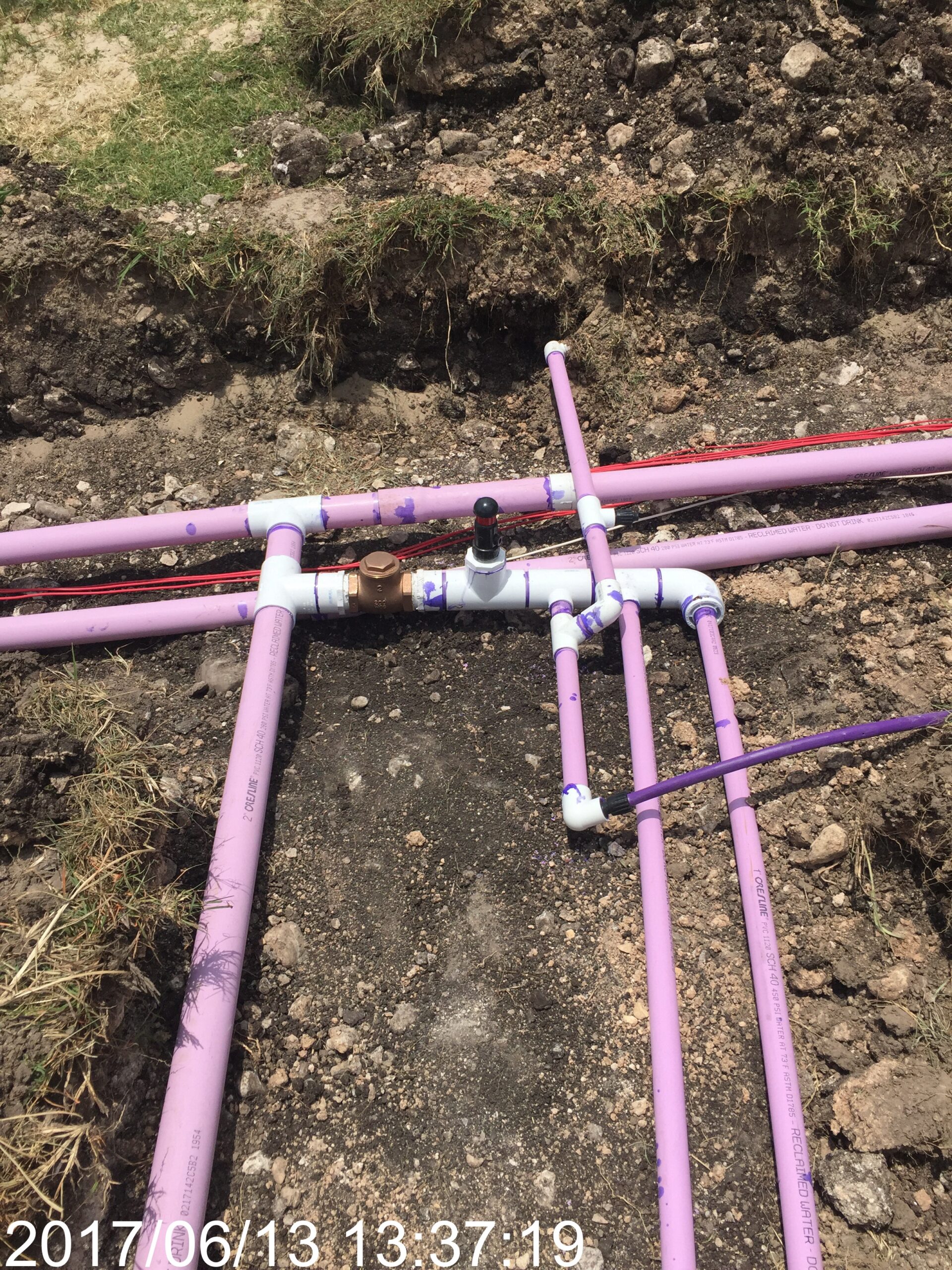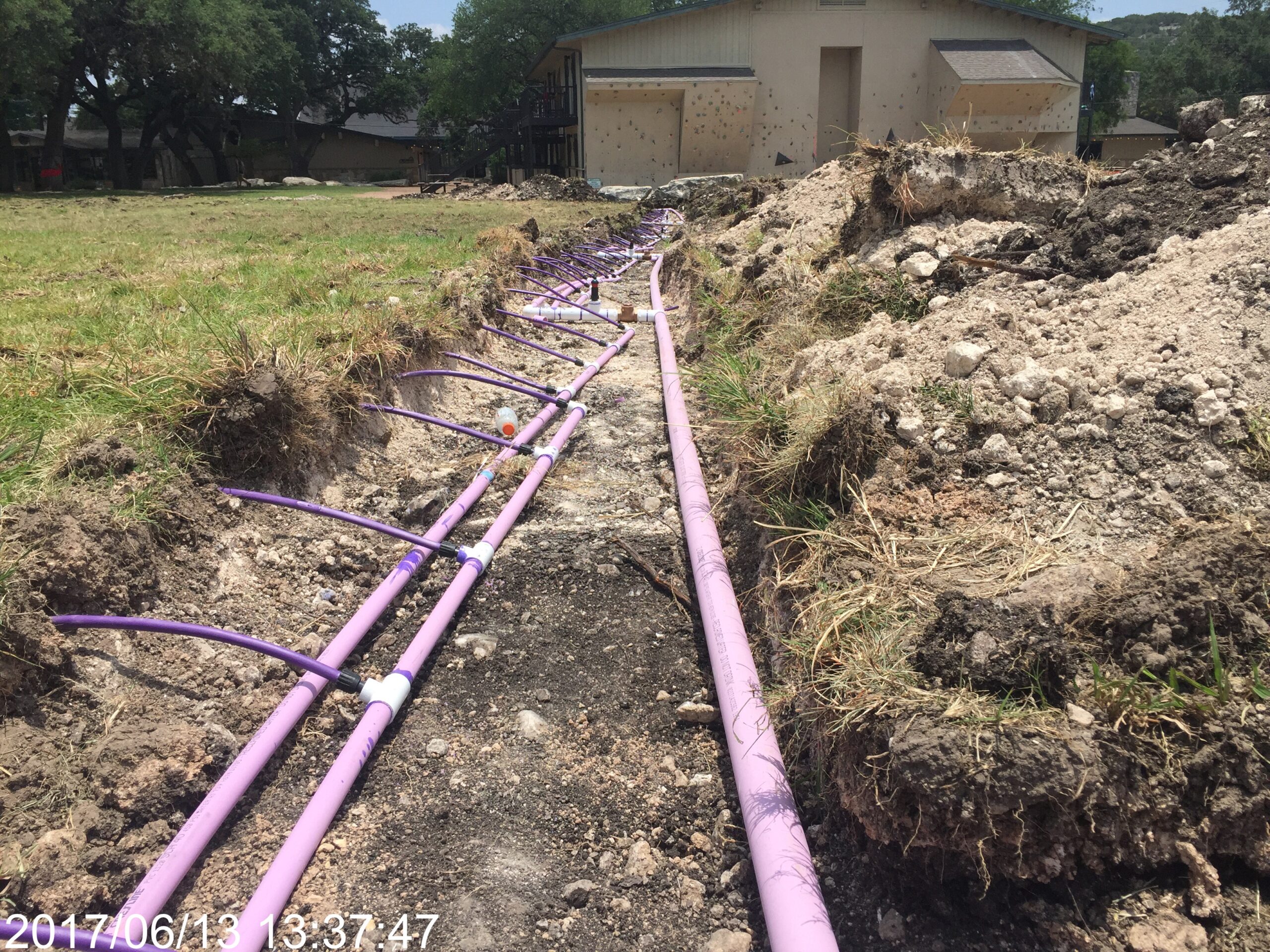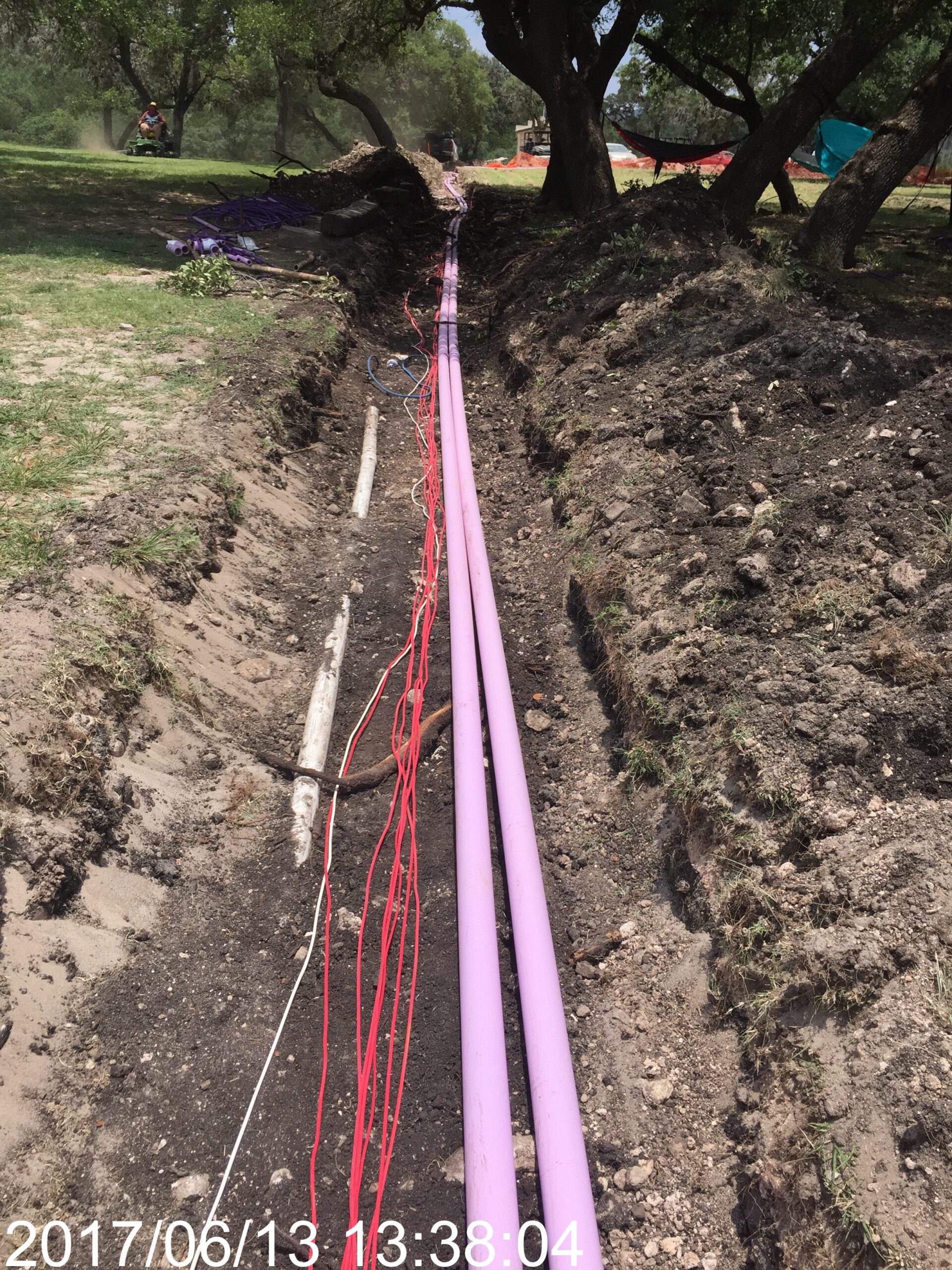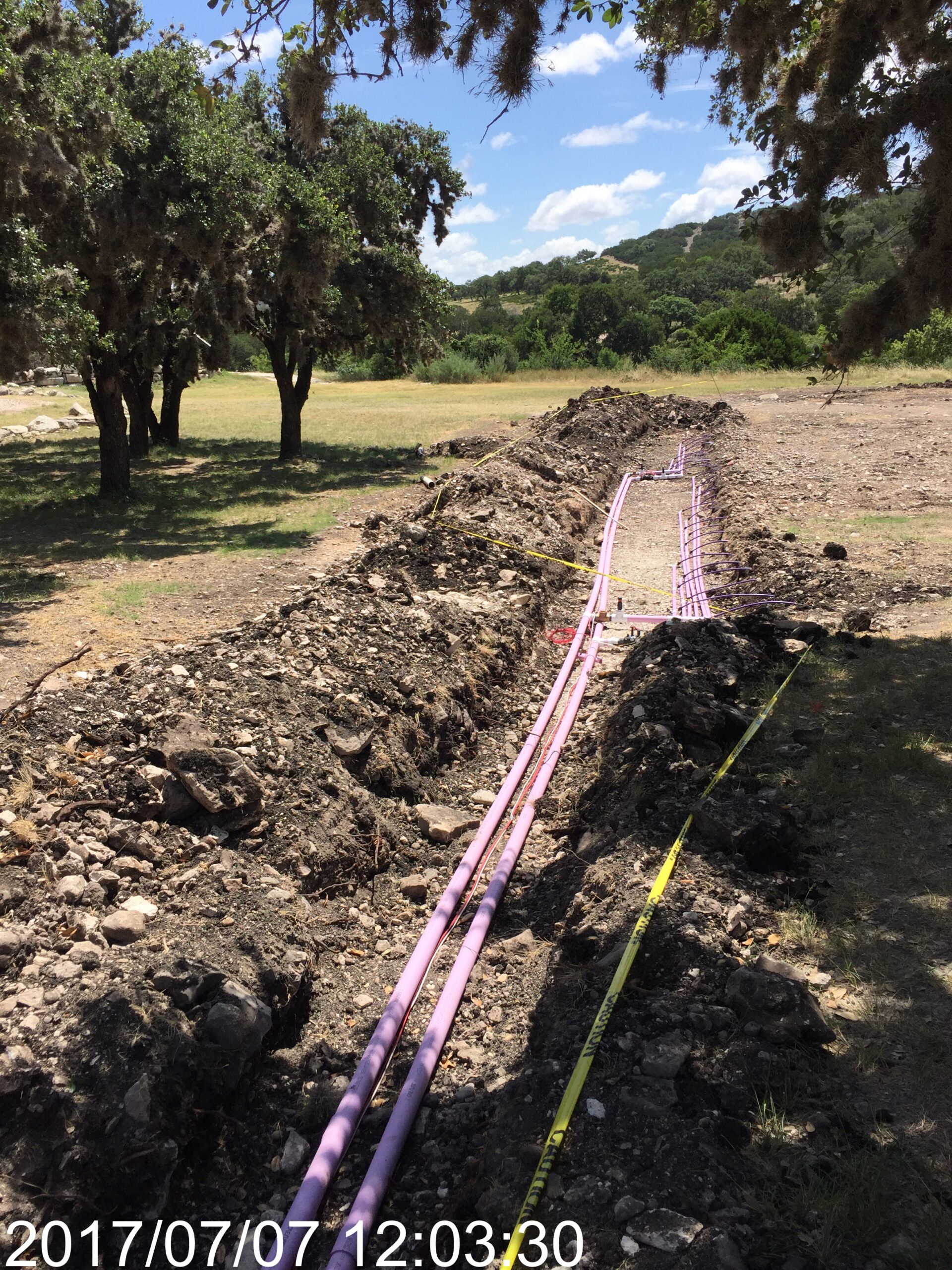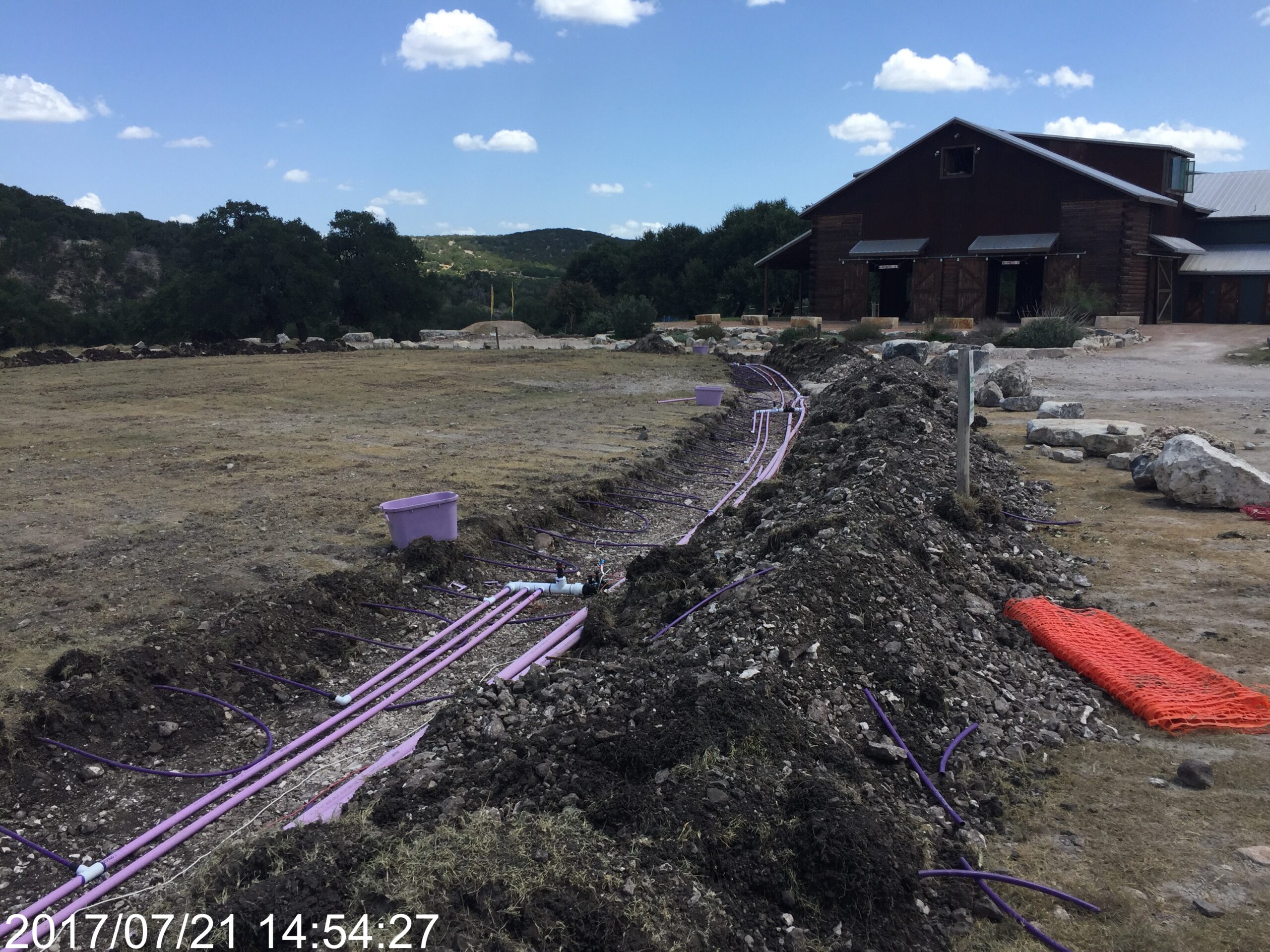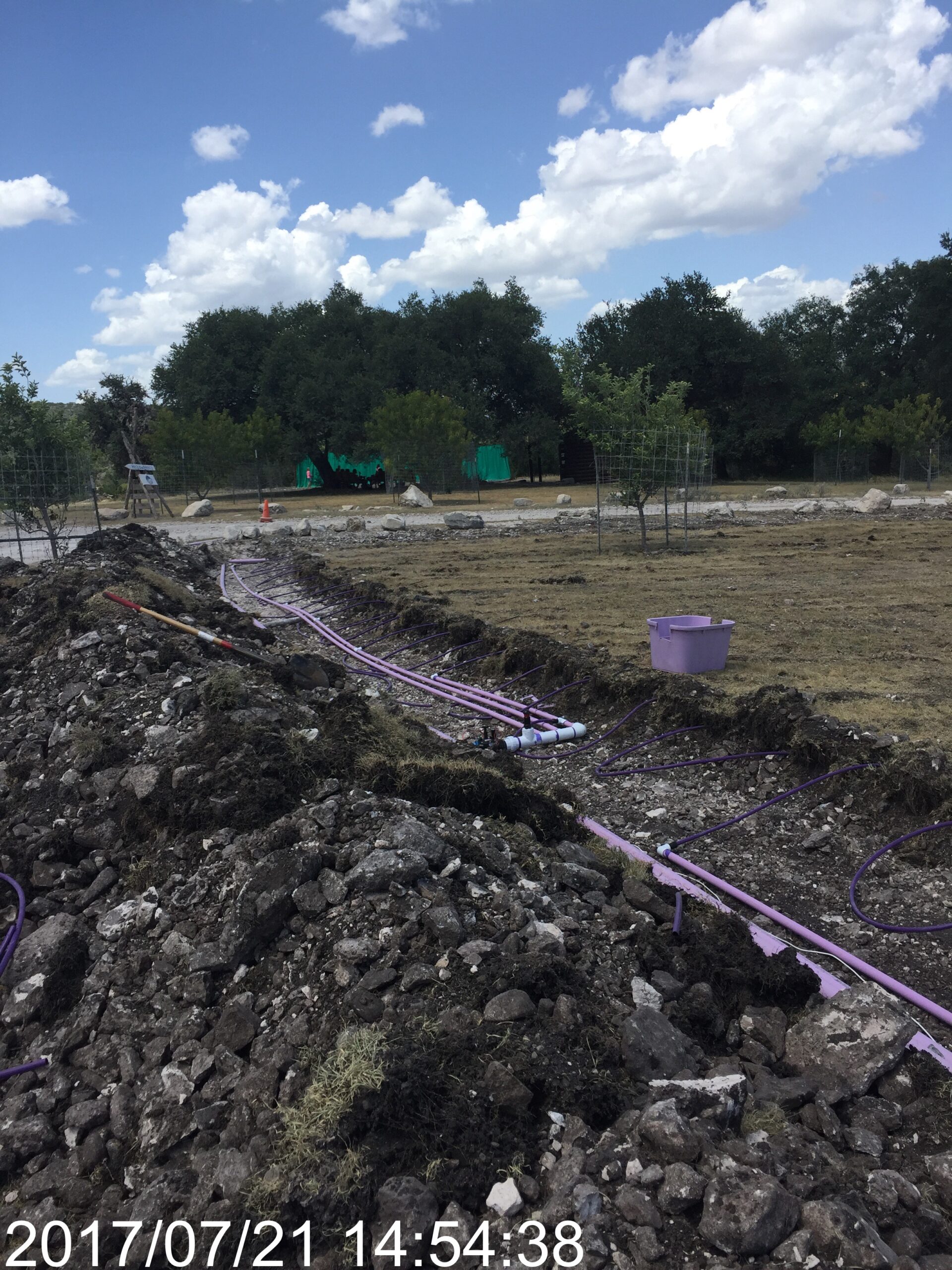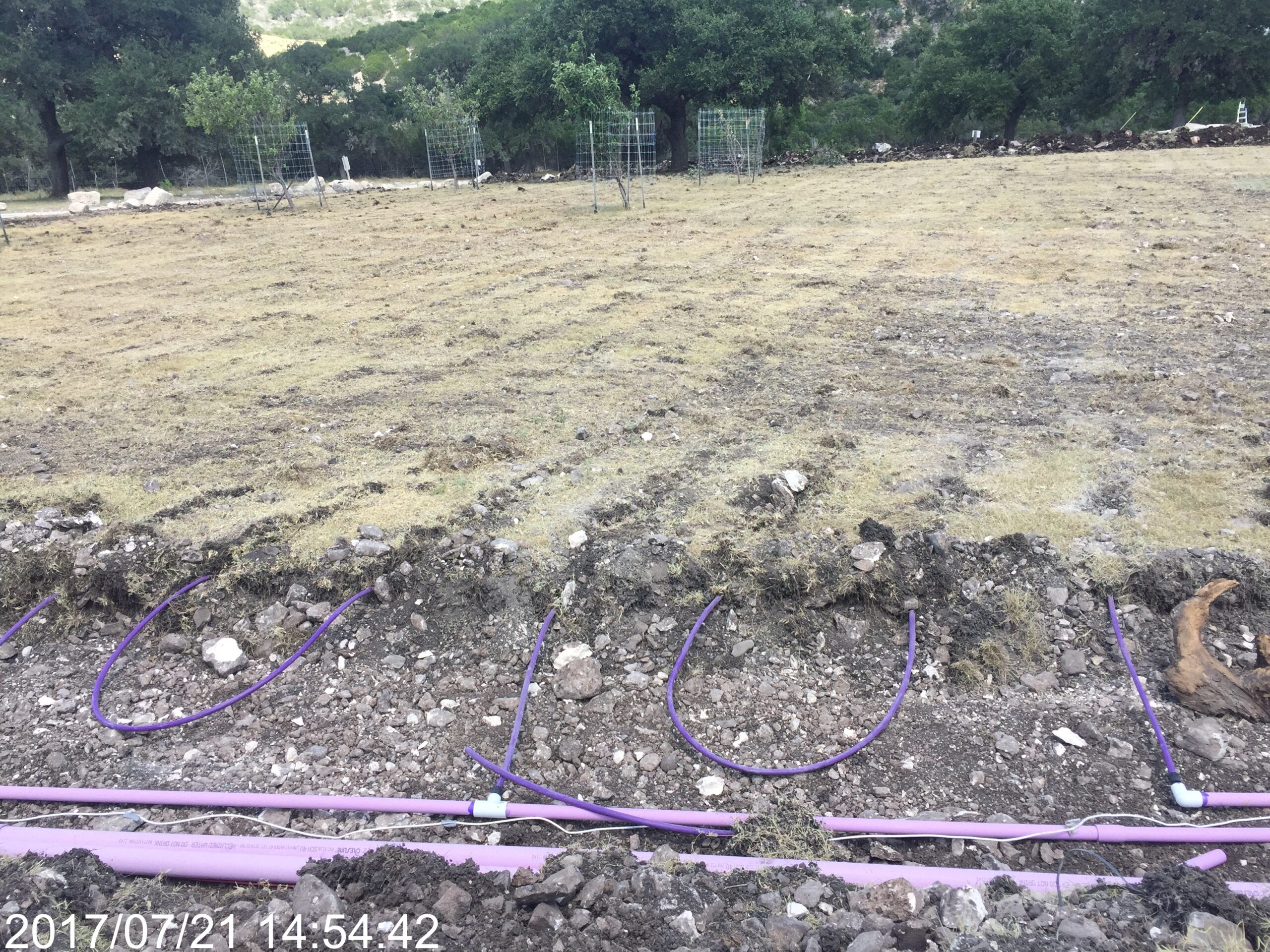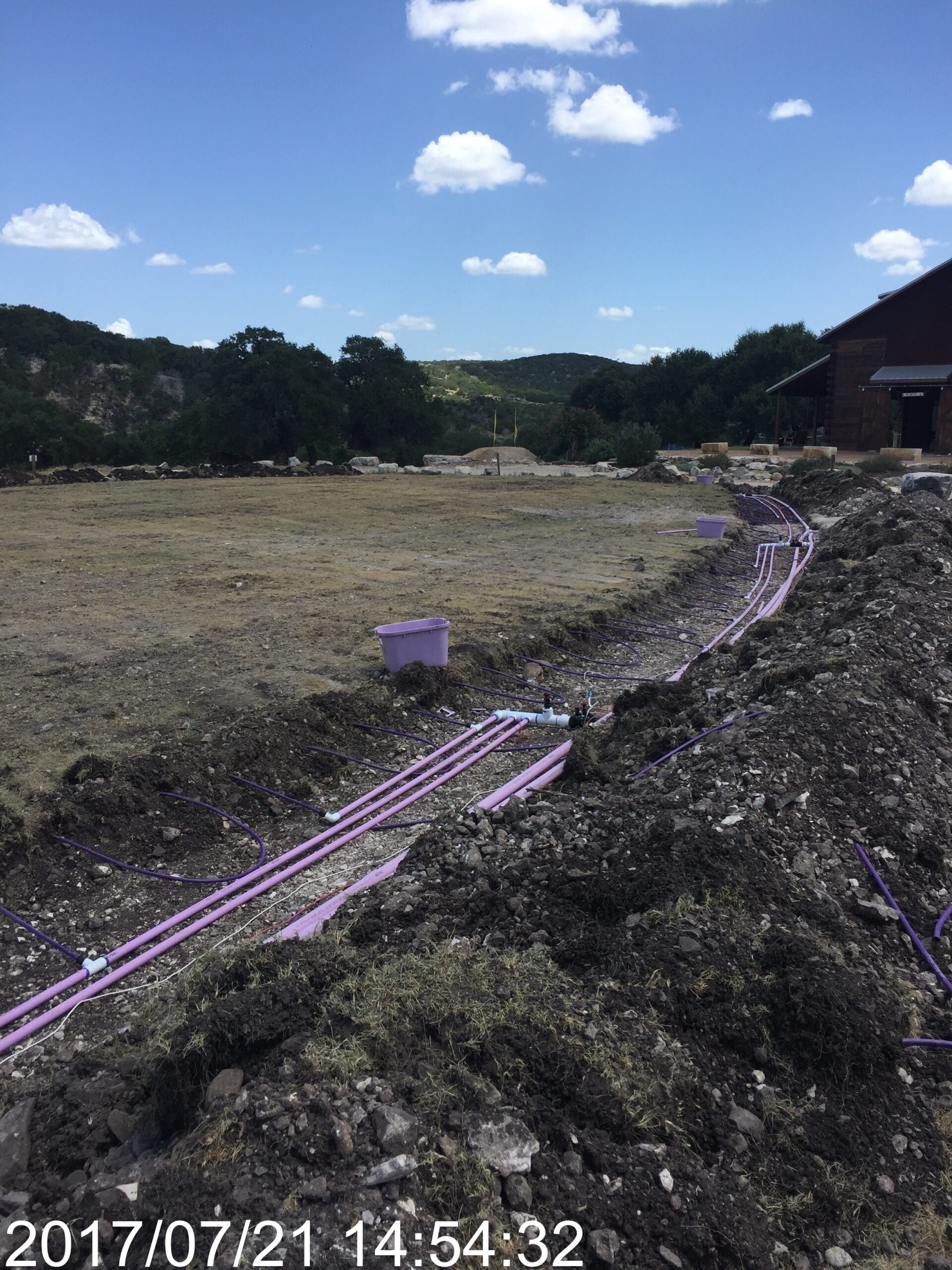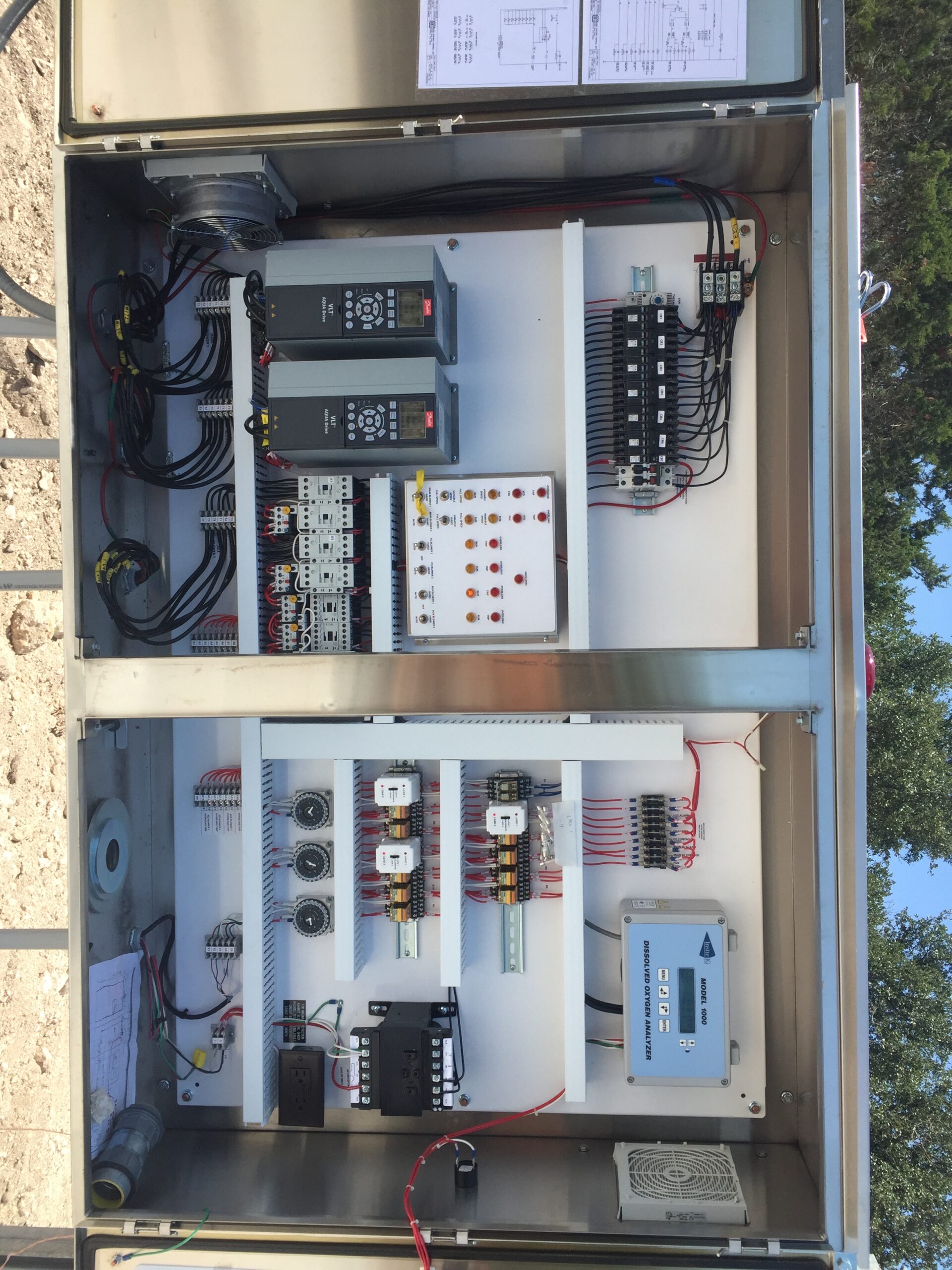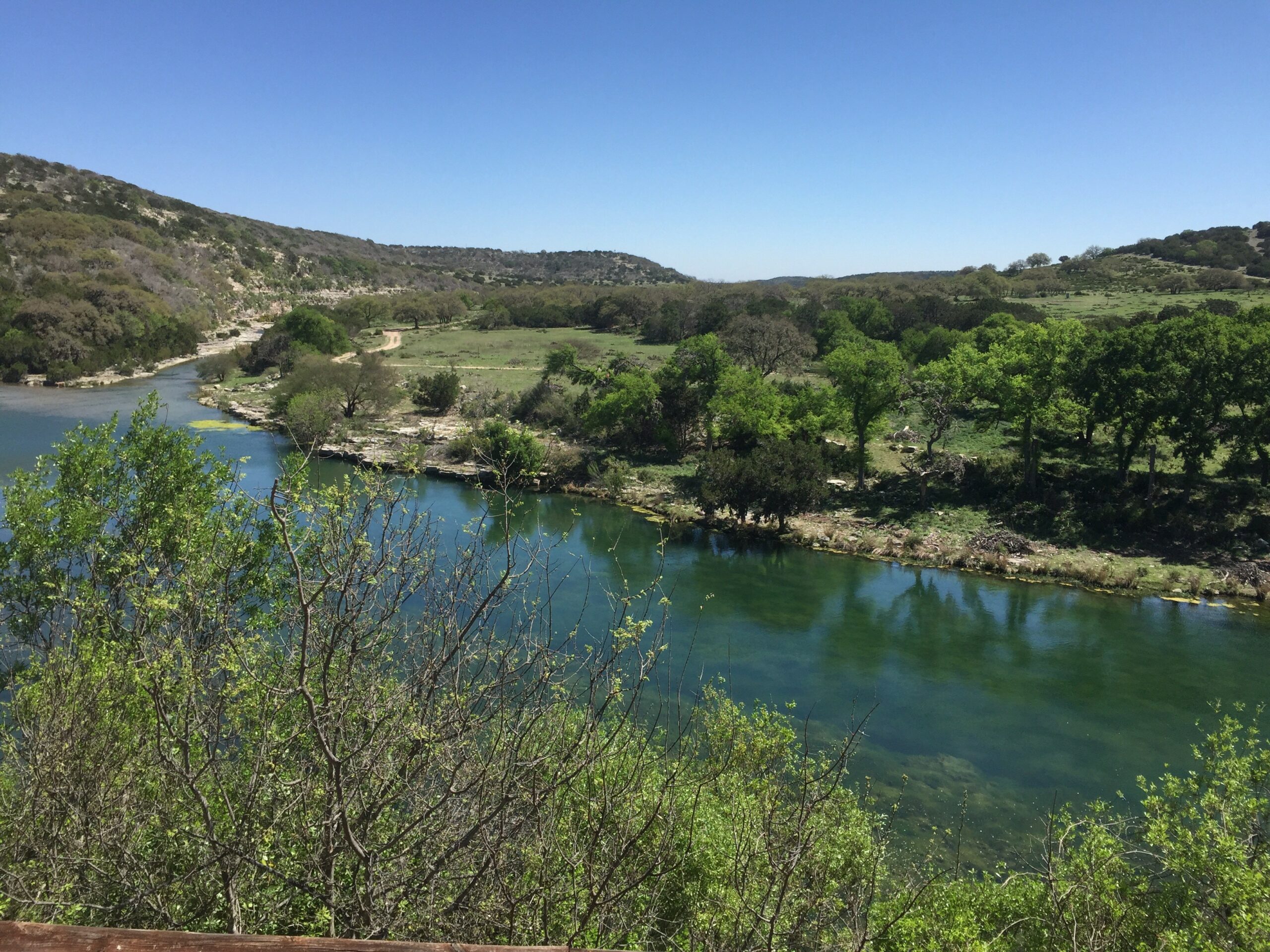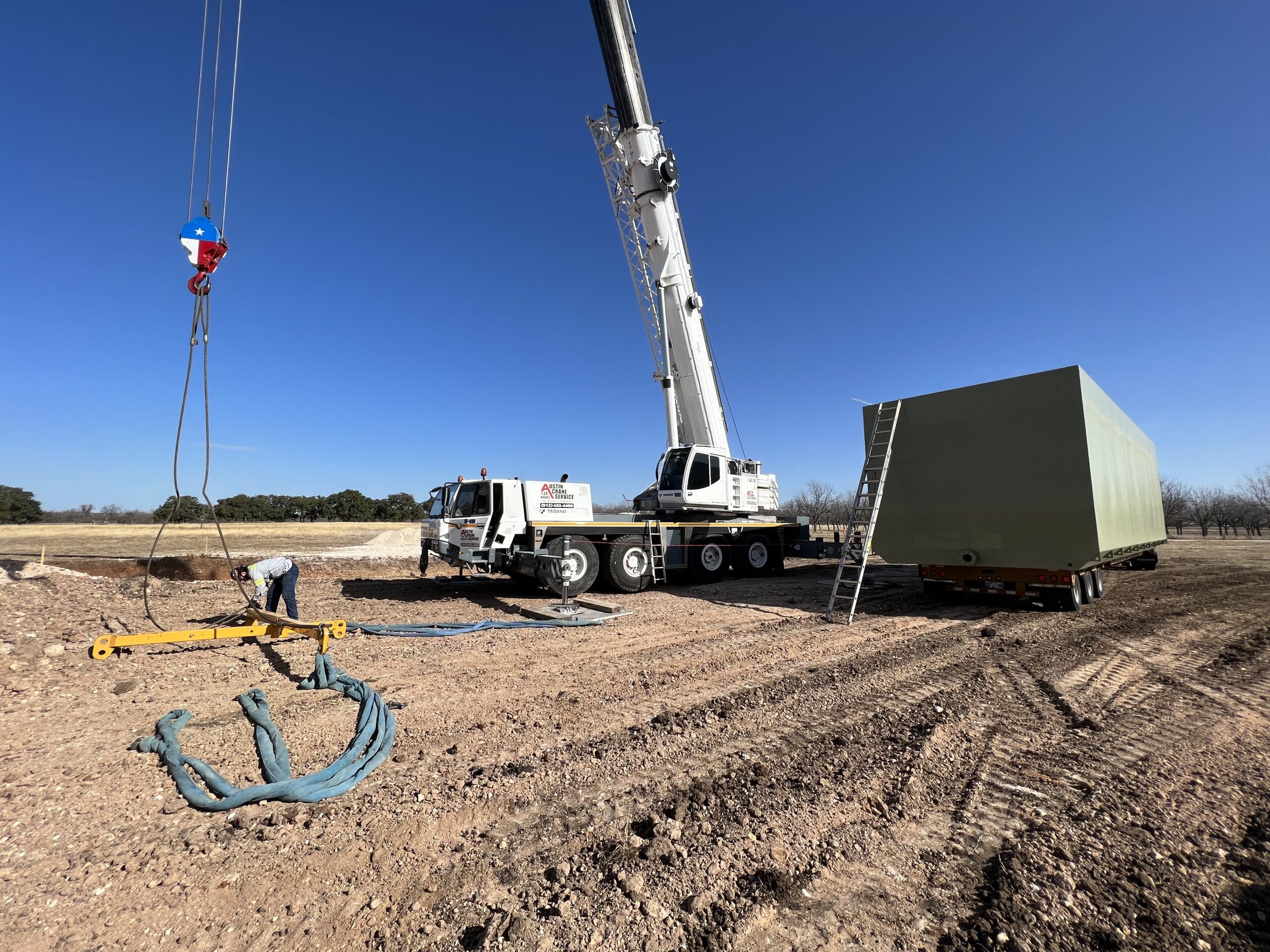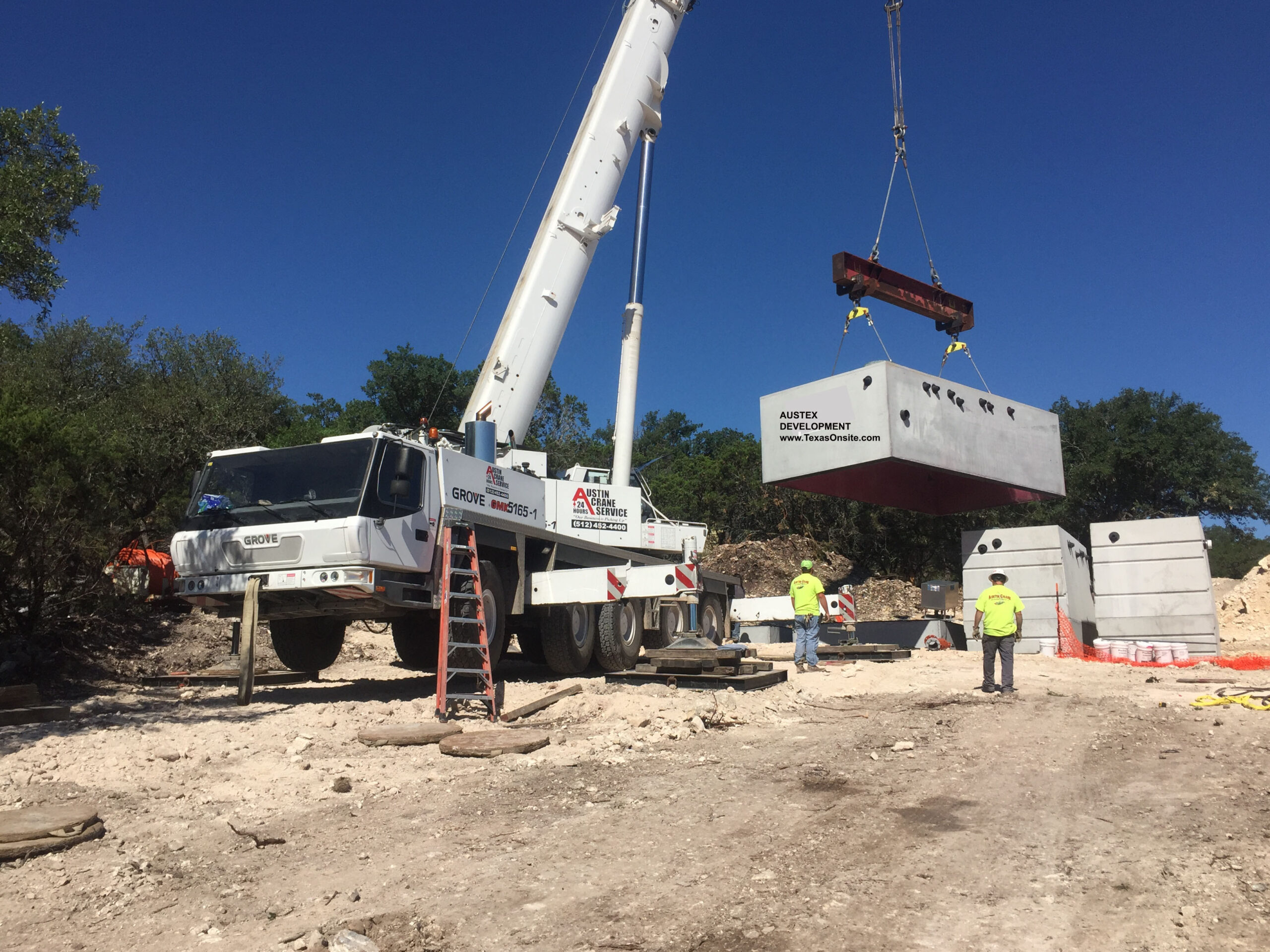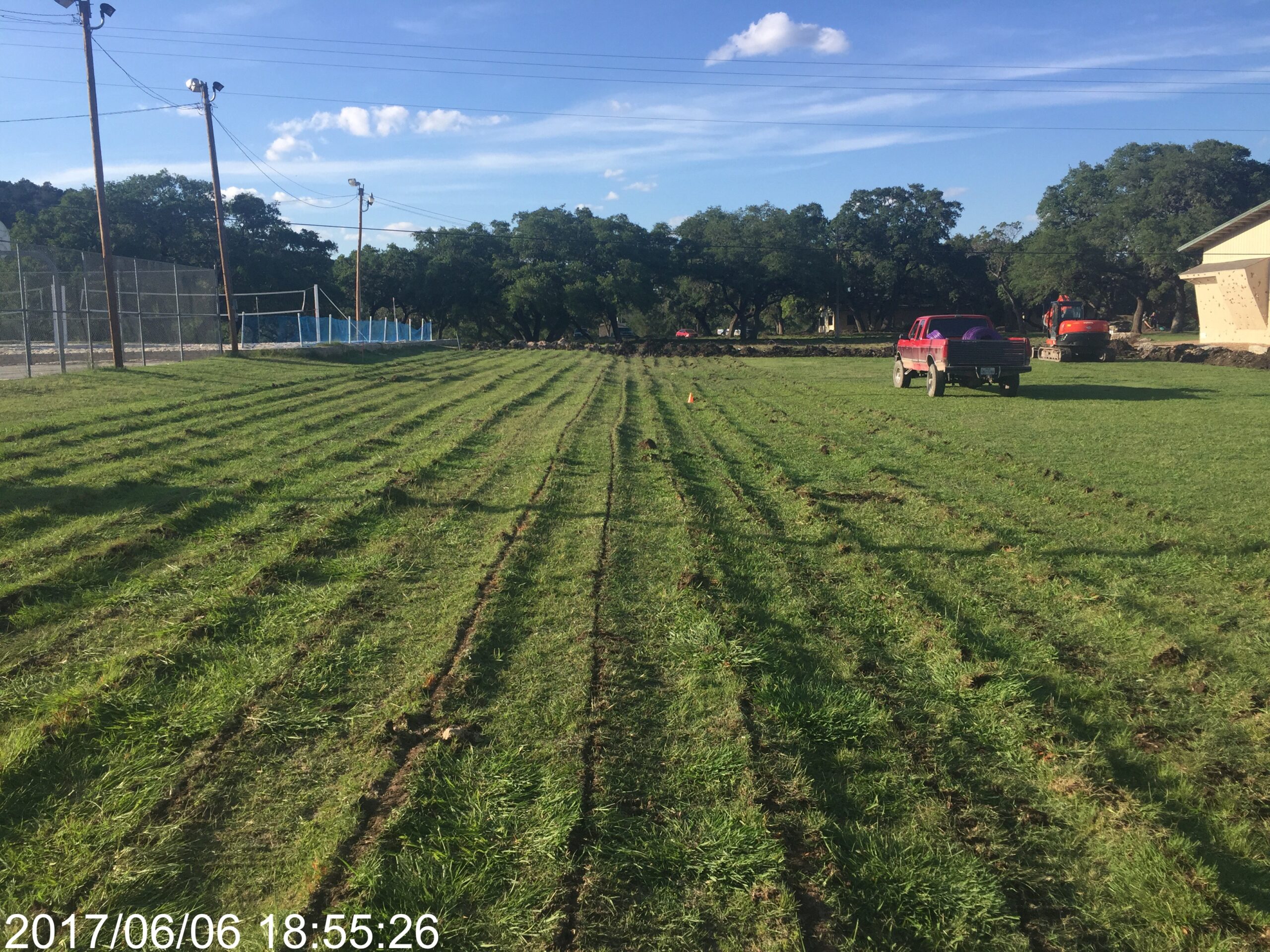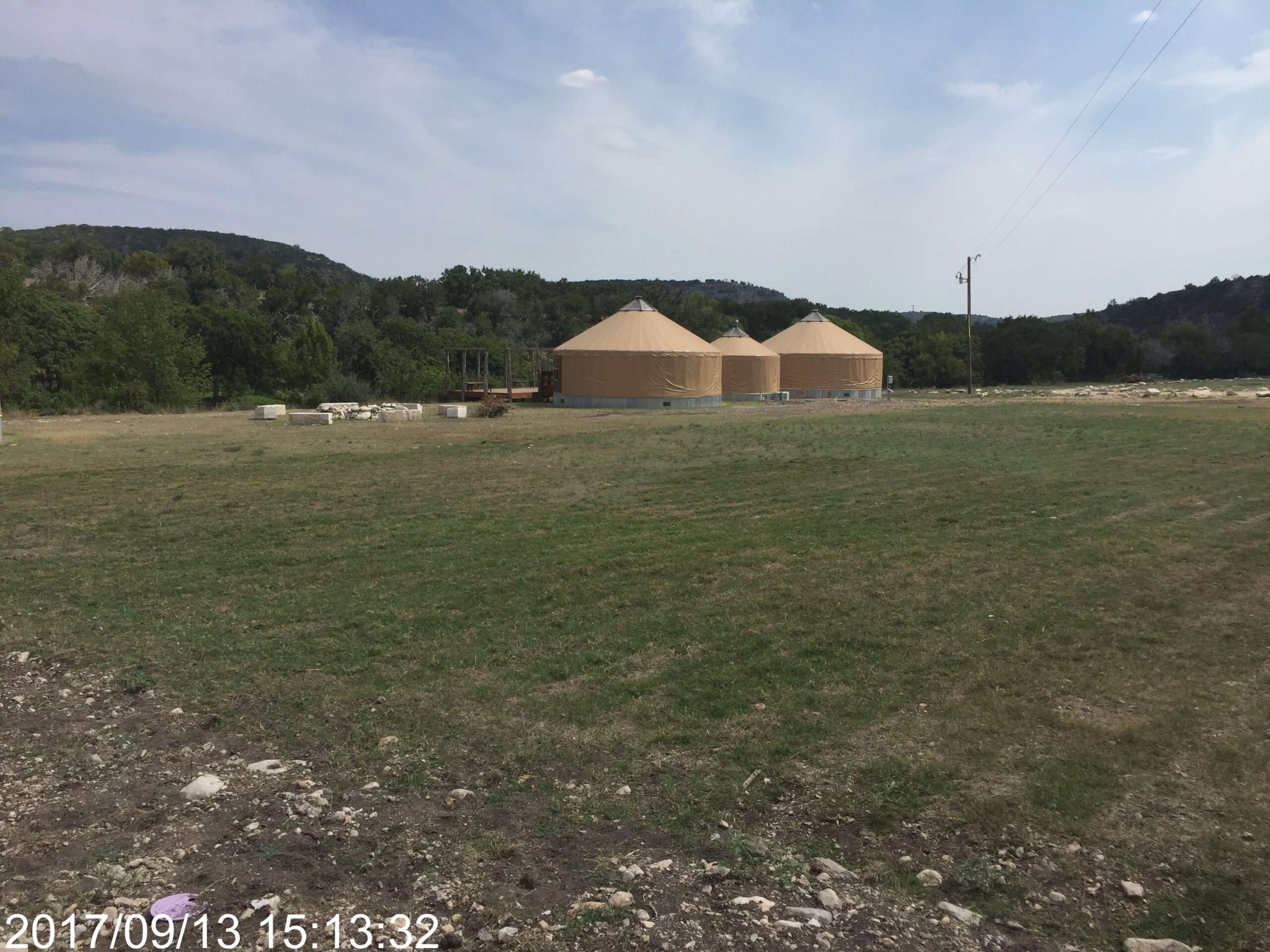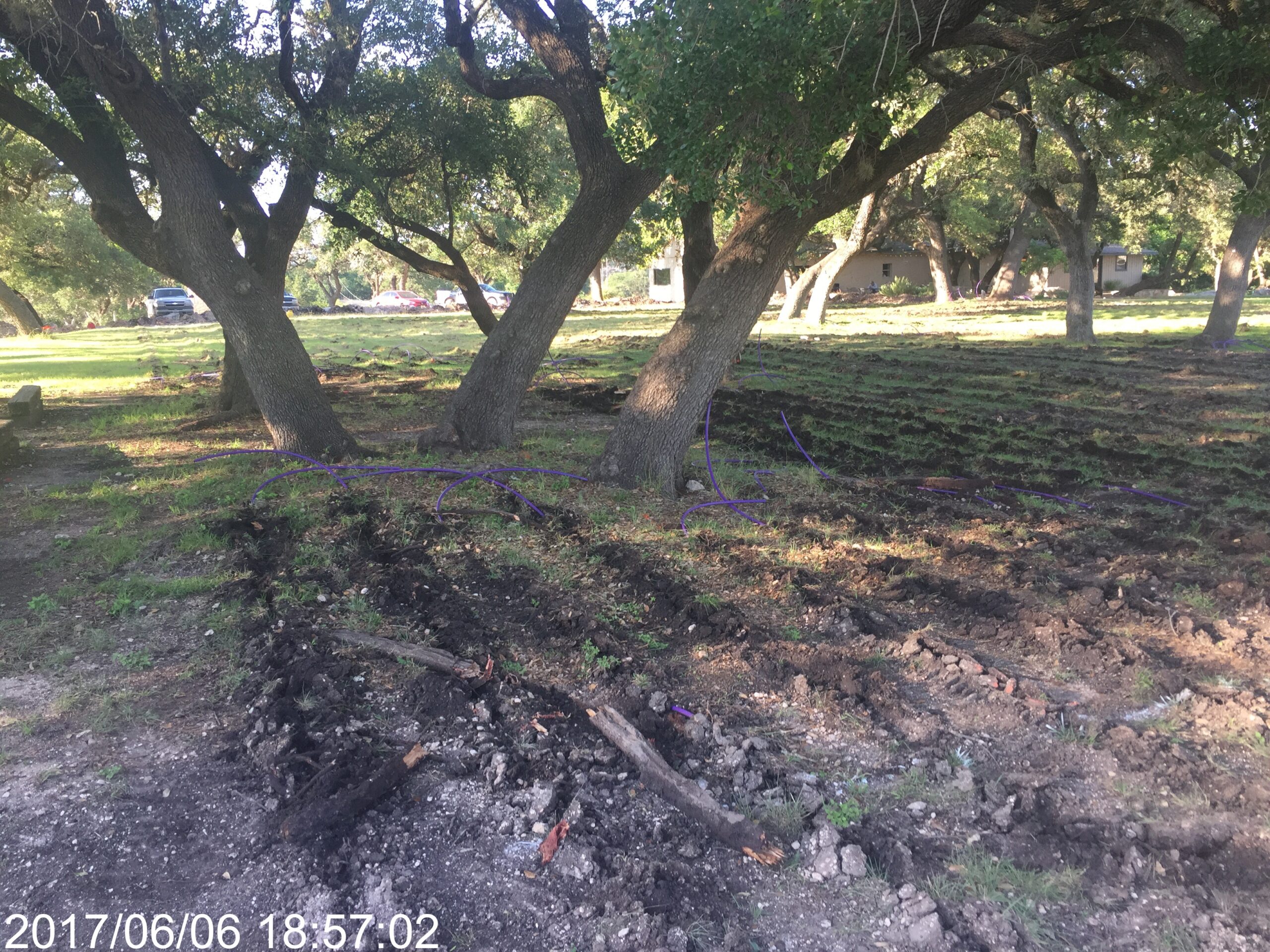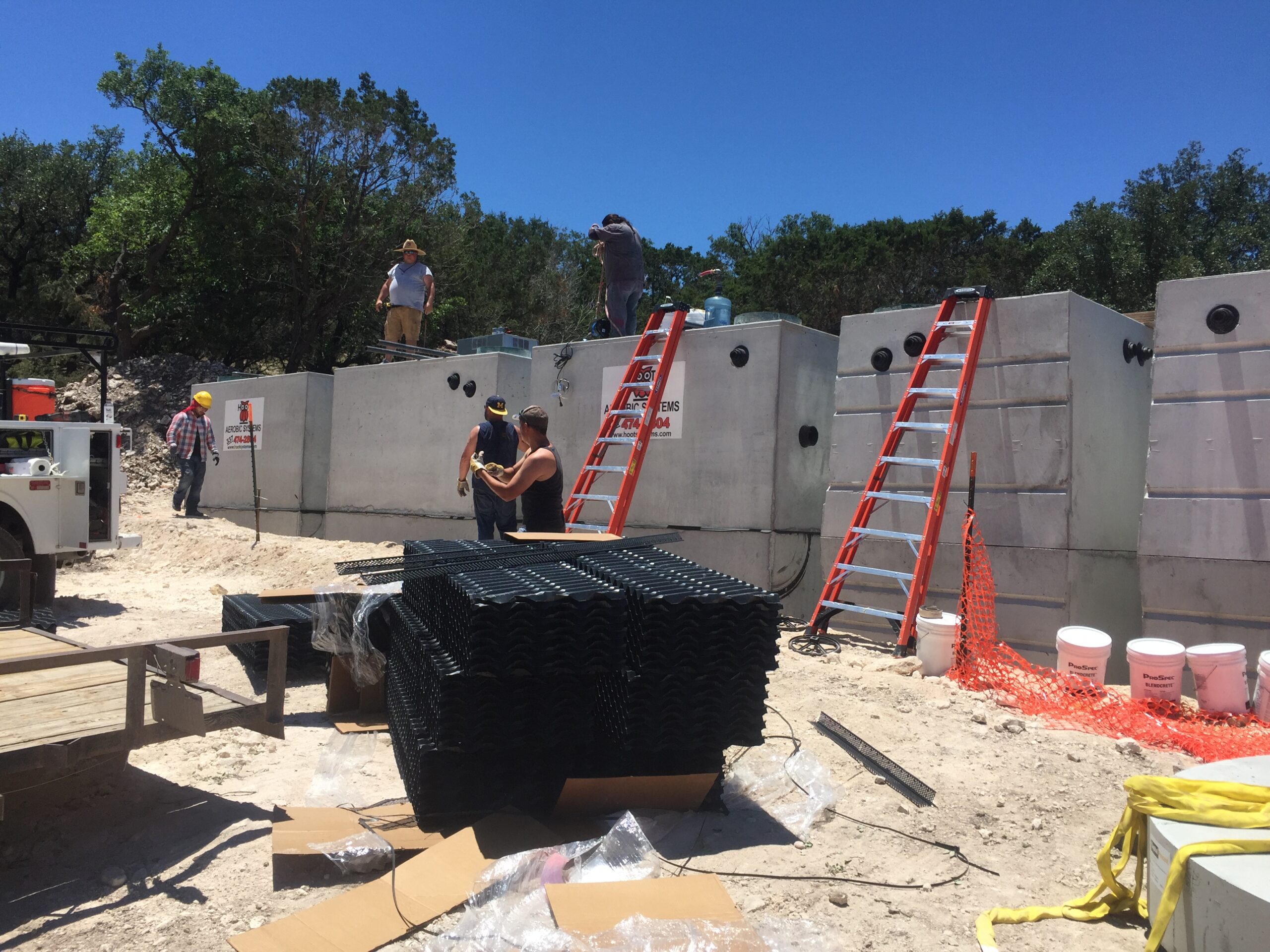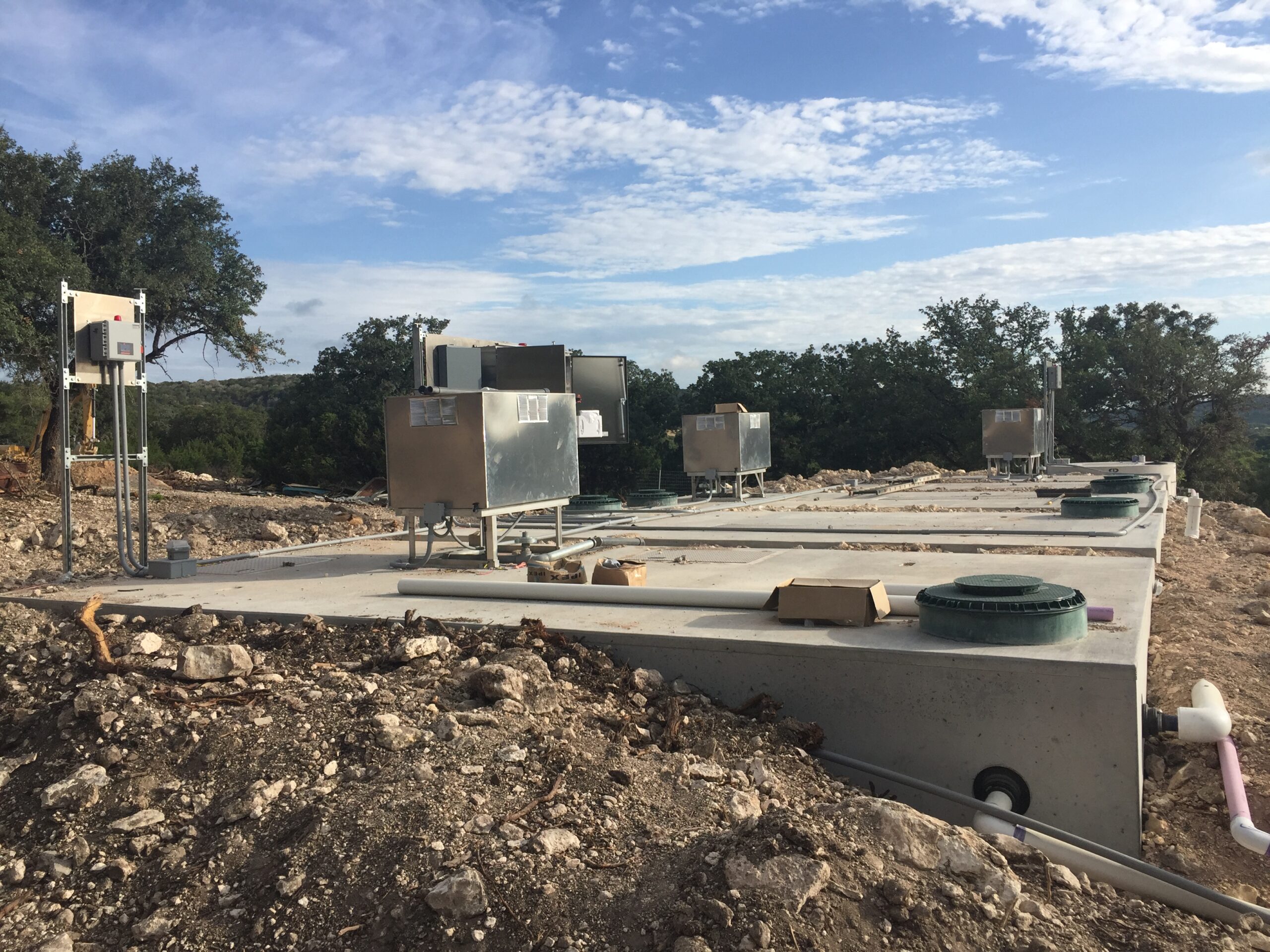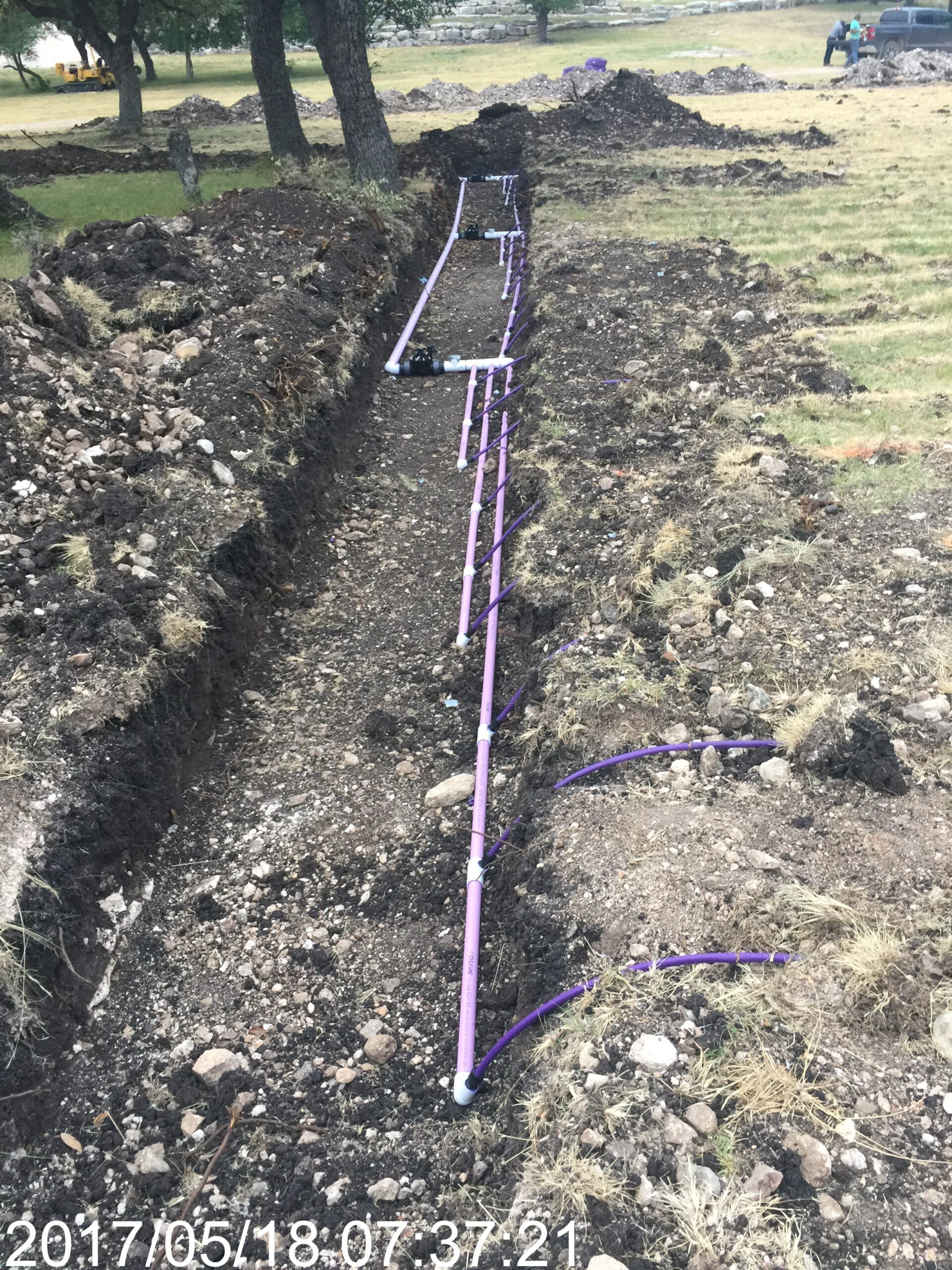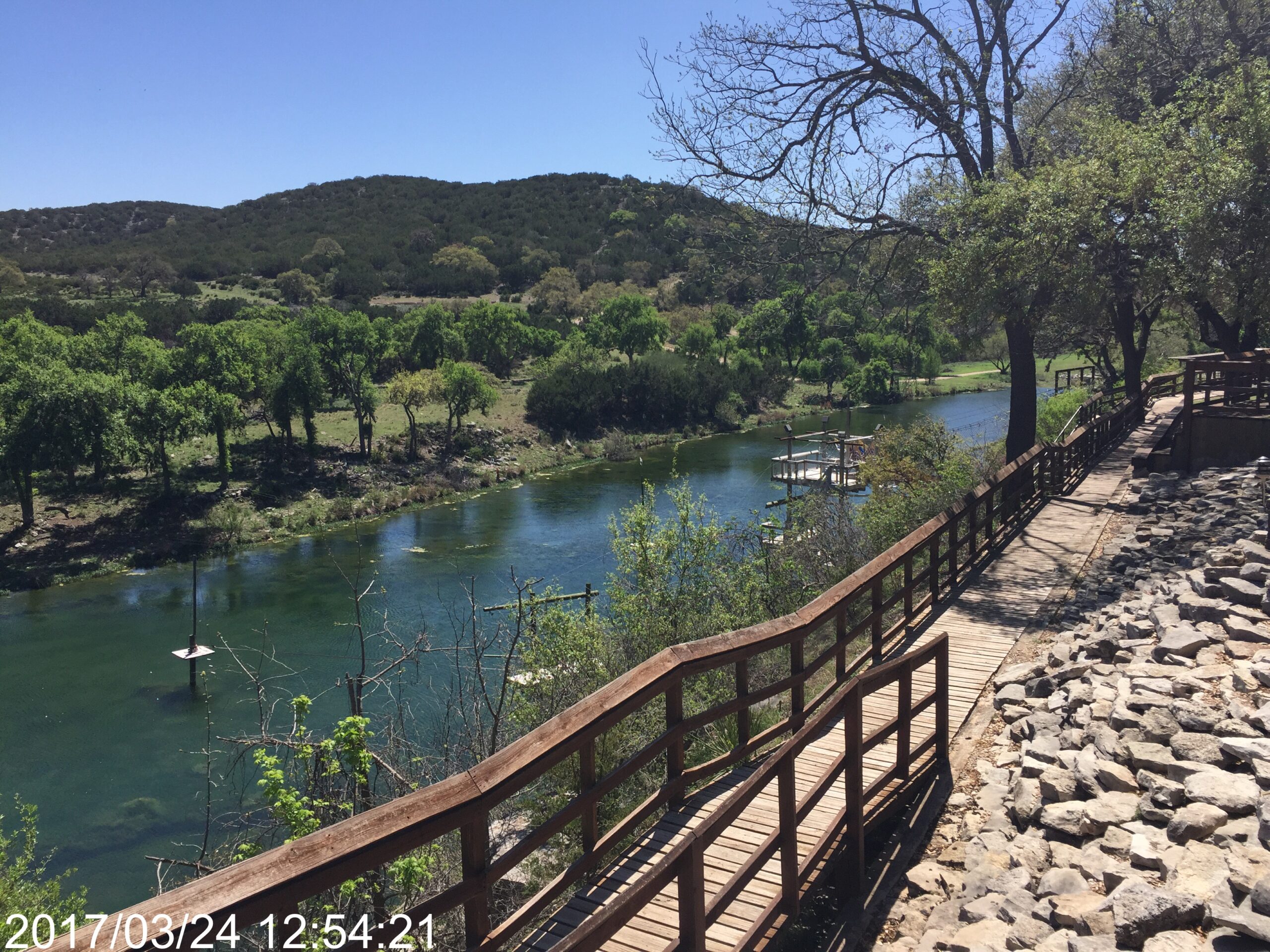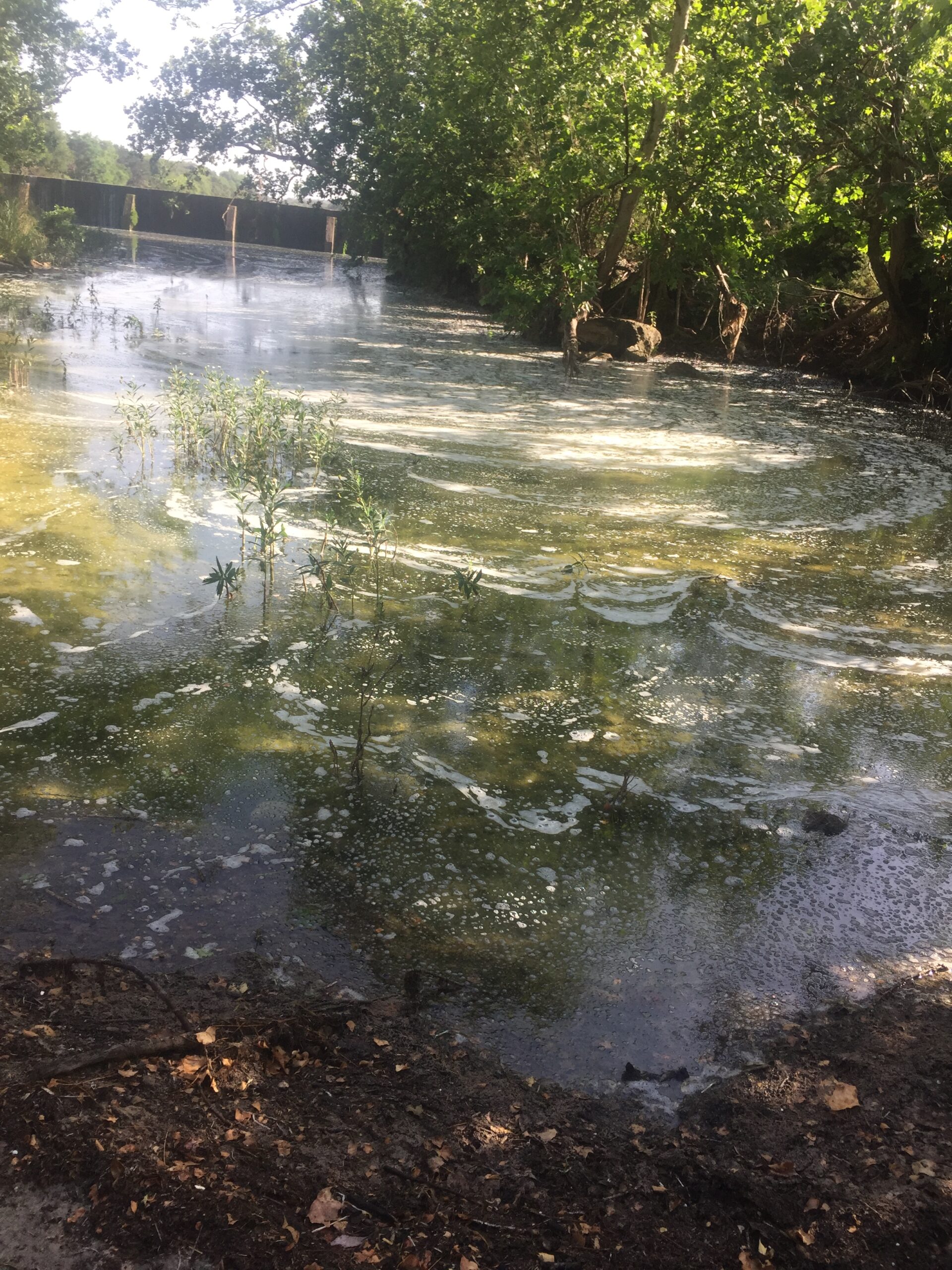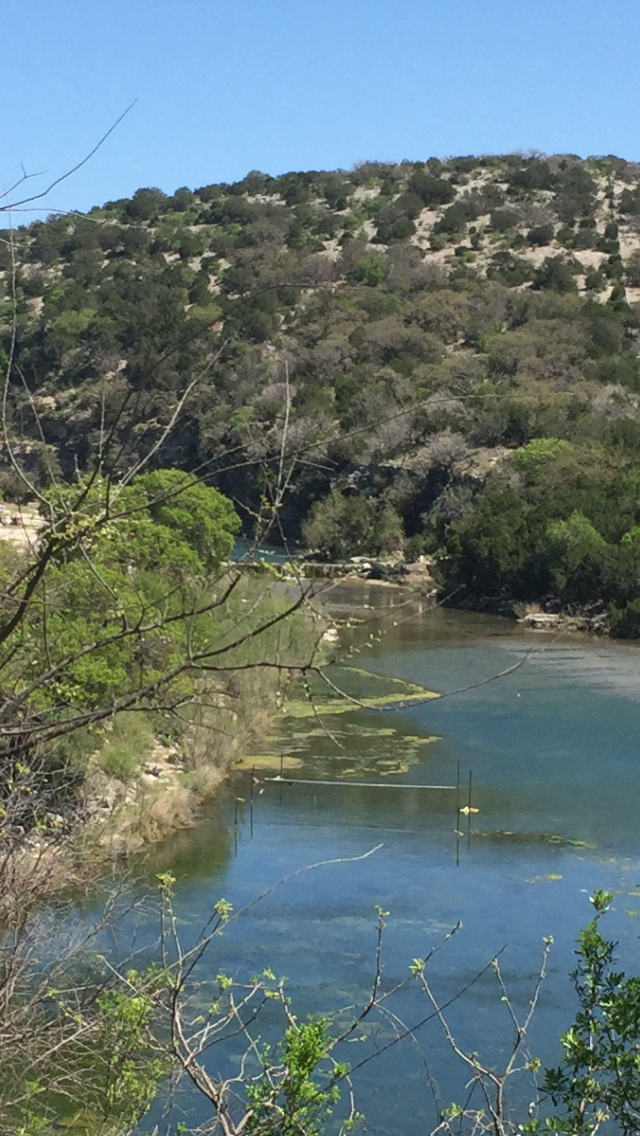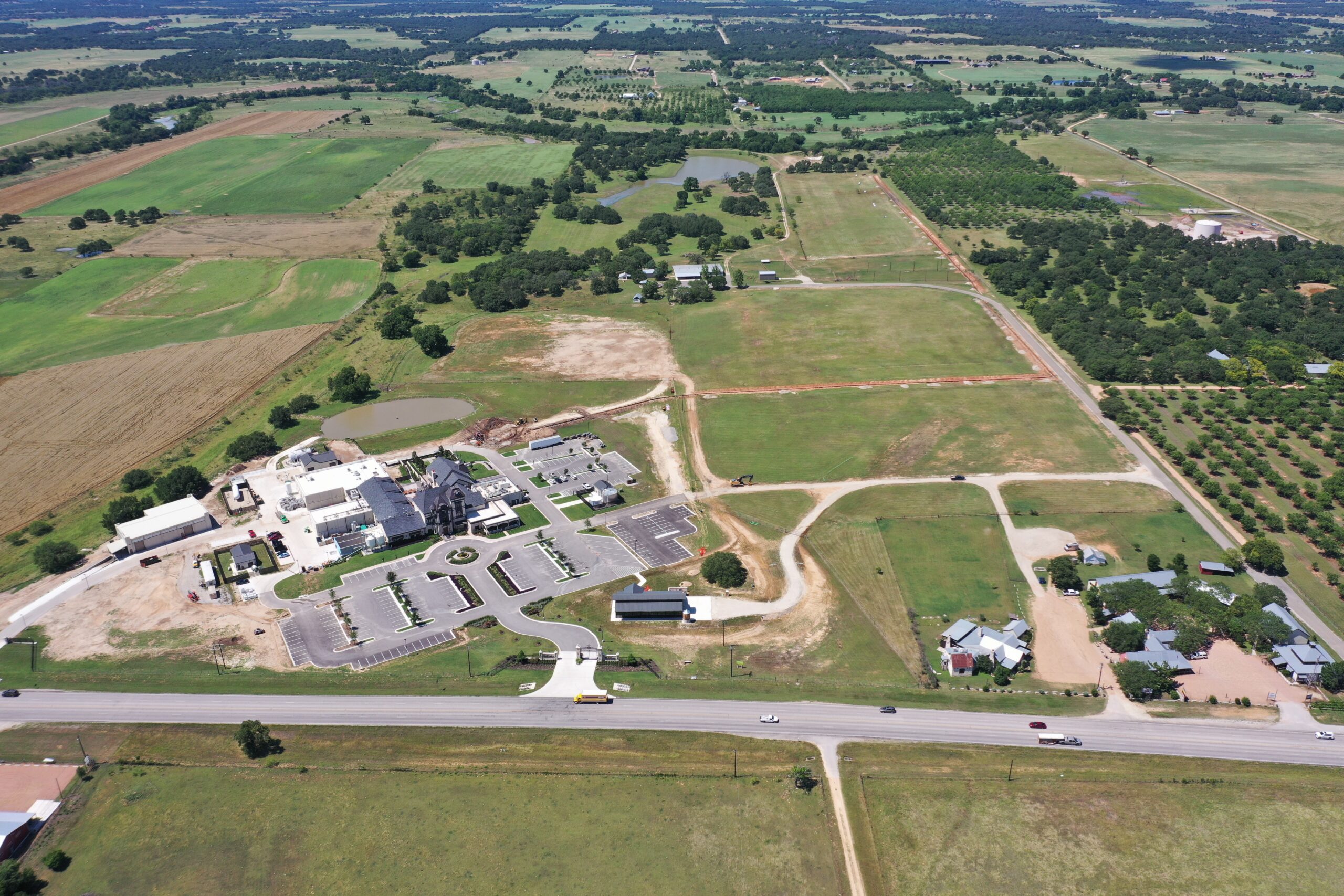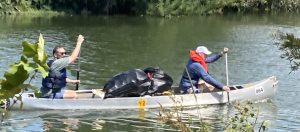Alternate Solutions for Wastewater Management, by David Price, P.E.
For many years, wastewater was simply dumped directly into bodies of water, be they lakes, oceans, or rivers.
Once wastewater treatment started in cities, the effluent was still dumped into these same water bodies. While cleaner, it still contains biological nutrients that are detrimental. The vast majority of permits issues, whether new, or retrofits, still are “discharge” permits. Sometimes, the wastewater plant fails, and the nutrient levels spike resulting in decreased dissolved oxygen in the water, which kills aquatic life. Equally serious, the nutrients such as phosphorous get into the river and bind with the river bottom, causes algae blooms that can impact the river permanently.
But there is a better way. What if the treated effluent never could get into a river?
In Texas, water is a precious resource. Texas has several aquifers, large subsurface regions that hold water. These areas have specific ways that they “recharge”. However, almost all of the aquifers are being stressed, due to withdrawal of water from them. We also have lakes that act as flood control, as well as recreational areas and a source for water to treat for potable uses. A lot of this treated drinking water is used for landscaping.
In most areas, homes have water piped in from a water treatment plant, or well. This drinkable (potable) water is used, then dumped down the drain to go to the wastewater plant – that then discharges to a river (most likely). The vast majority of homes have some type of landscaping that is watered by the same potable water that is used inside the home. Much of surface irrigation is lost to evaporation.
But what if the water that was used inside the home was treated, then NOT discharged into river? What would happen if that reclaimed water was then used for outside landscaping INSTEAD of using additional water? It would be good thing for water sources, number one. But more importantly, no effluent would be discharged into the river.
The reclaimed water is then sent back to irrigate landscaped areas. The reclaimed water is clean enough to spray on top of the ground, or better yet, discharged via drip irrigation tubing, utilizing more of the water for the landscaping, and vastly reducing evaporation that would result from spraying this.
These systems are computer controlled, and provide concise water management. Tied in with monitoring software, the system operates trouble free.
Technology is also working to use this water inside homes or manufacturing facilities.
With increasing pressure on potable water sources, reclaimed water use allows water to be used “twice”, instead of flushing it down the drain.
‘One Water’ at Wimberley Blue Hole Primary School
Beneficial Re-Use of Graywater and Alternative Onsite Water
Basics for Septic Systems (OSSF)
